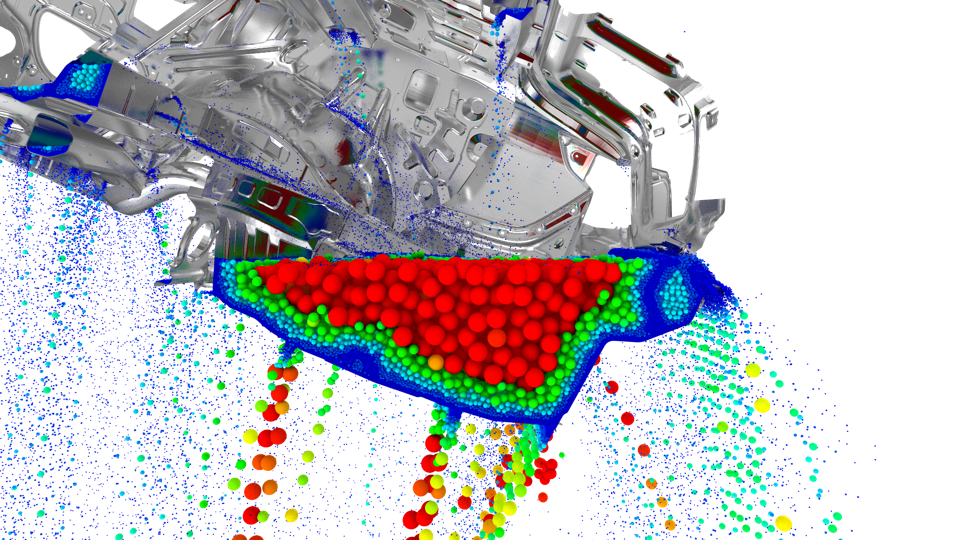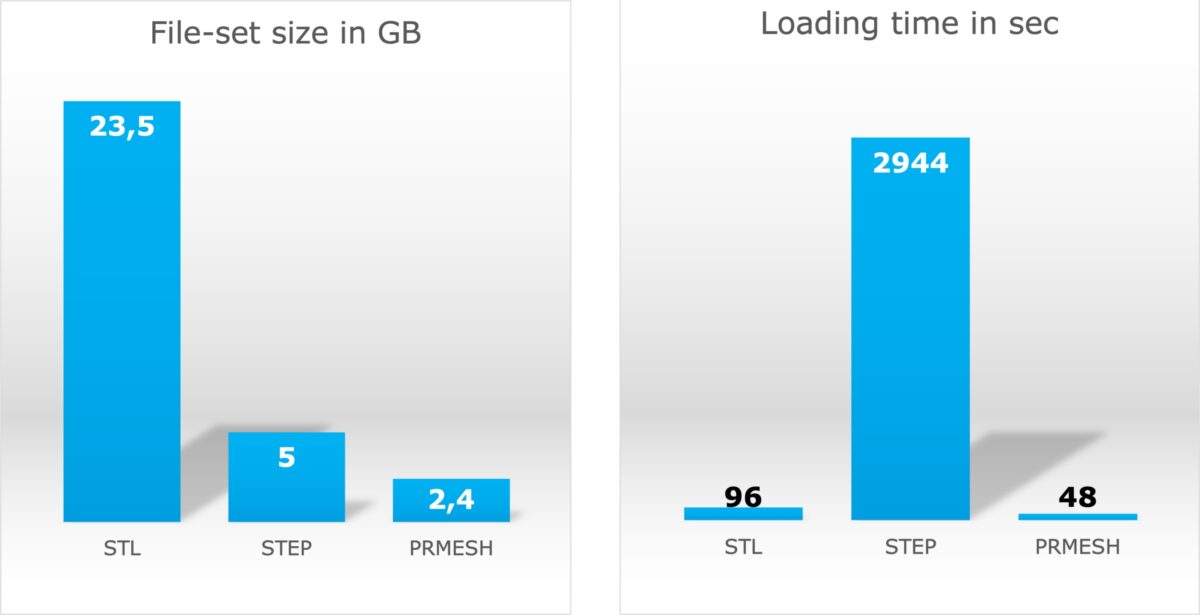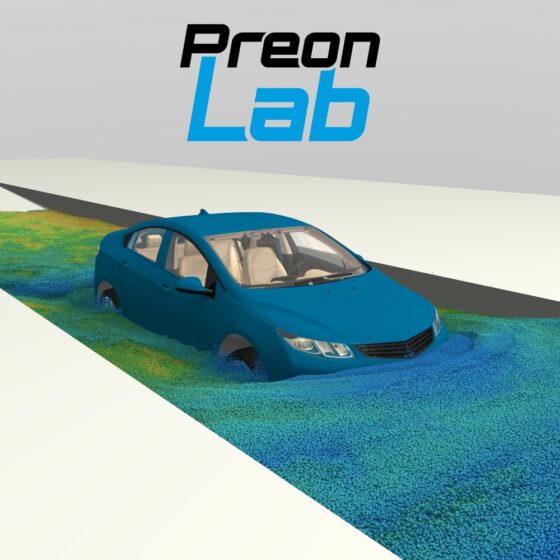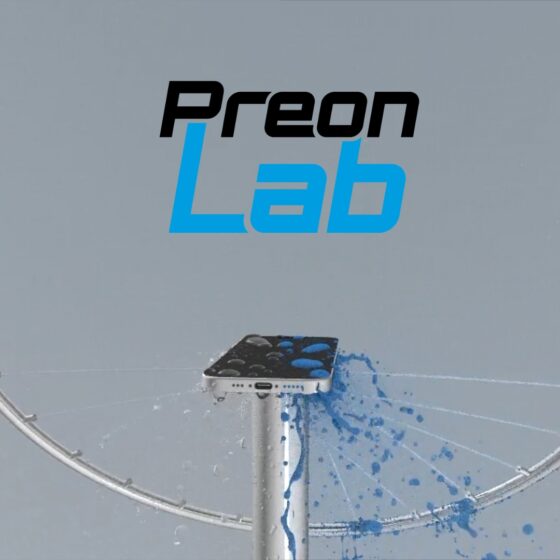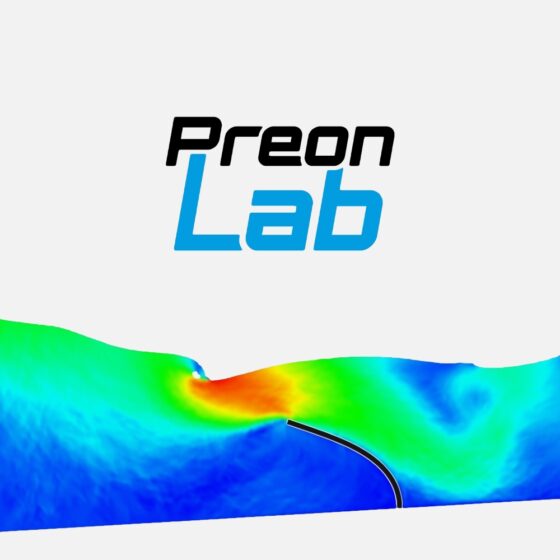Release
PreonLab 5.2 Released
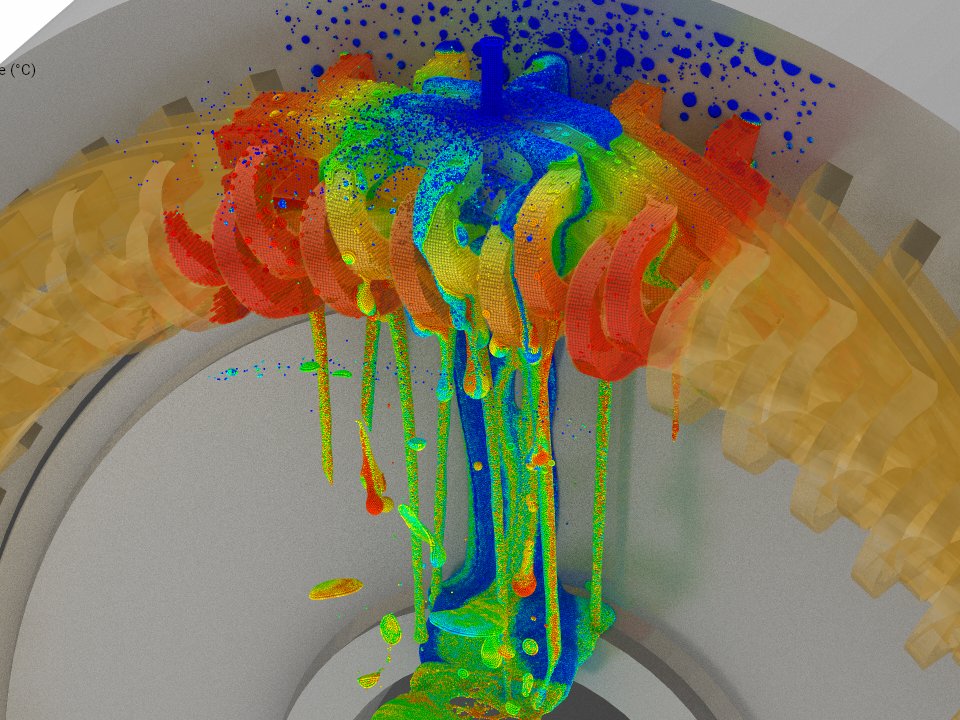
- Continuous Particle Size (CPS): With CPS, each particle stores its own individual size. This new flexibility allows for greater speedups when using refinement and coarsening.
- Multiphase: Achieve higher accuracy in demanding multiphase simulations without tuning.
- Thermodynamics: Enhanced sensor capabilities and a new temperature-based density implementation will give you more options for your simulations setups.
- Car Suspension with AVL VSM: With PreonLab 5.2, a new suspension model is made available in PreonLab as part of the the Vehicle Simulation Model or VSM. This is possible by combining the power of PreonLab with AVL VSM.
- Usability & Workflow: Import CAD files such as STEP and convert them to the blistering fast and lightweight PRMESH format. Furthermore, enjoy the improved readability of graphs using adjustable axis labels in the Plot Dialog.
This is just a selection of new features and improvements. Check out the changelog to learn about all changes or login with your AVL account to watch the PreonLab 5.2 Release Event on demand.
Make sure to follow us on LinkedIn so that you don’t miss new videos, case studies and updates!
